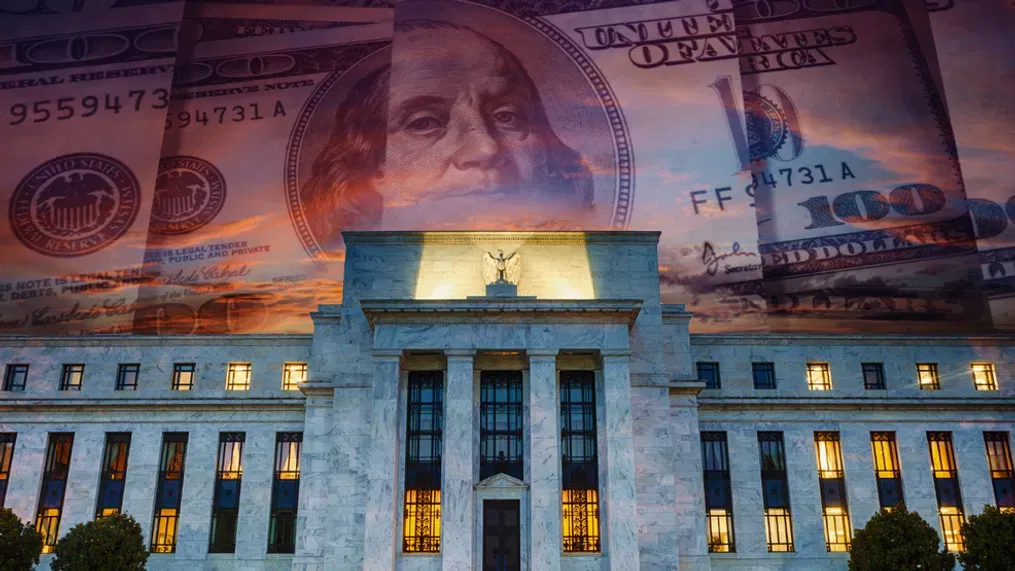The U.S. Federal Reserve’s latest FOMC meeting minutes have painted a cautious picture of the current economic climate. Despite signs of cooling inflation in previous months, members of the Federal Open Market Committee remain concerned that inflation pressures could persist longer than expected. Released on May 22, 2025, the minutes reflect a complex economic outlook where policymakers are struggling to balance interest rate decisions against inflation control and recession risks.
Inflation Not Yet Under Control
A key theme from the FOMC meeting minutes is that inflation remains a persistent issue. While there has been progress in bringing price growth down from its 2022 peak, several members noted that recent data suggested inflation is not falling fast enough toward the Fed’s 2% target. According to the Bureau of Labor Statistics, core inflation, which excludes volatile food and energy prices, has hovered stubbornly above 3% in recent months.
The committee acknowledged that this trend raises concerns about the effectiveness of current monetary policy. Although the Fed has paused rate hikes for the past few meetings, the minutes reflect that “some participants mentioned a willingness to tighten policy further” should inflation continue to be sticky. This statement highlights the possibility of another interest rate hike in the coming months.
Moreover, the minutes show a shared belief among members that inflation risks are tilted to the upside. Factors such as wage growth, consumer demand, and geopolitical tensions, including disruptions in energy supply chains, could all contribute to upward pressure on prices. The FOMC emphasized that they are committed to using all available tools to ensure inflation expectations remain anchored.
Recession Fears Still Haunt Policymakers
While inflation remains the primary concern, the specter of a potential recession is far from gone. The FOMC meeting minutes indicate that several members are worried about the lagging effects of monetary tightening. Since March 2022, the Fed has raised rates by more than 500 basis points, and those cumulative hikes are still working their way through the economy.
Concerns about a slowdown in consumer spending, a cooling labor market, and declining business investment were highlighted. The minutes mention that “some sectors, such as commercial real estate and manufacturing, are already showing signs of significant stress.” This raises alarm bells about the broader economic outlook for the second half of 2025.
Furthermore, the minutes suggest that if inflation does not decline as expected, the Fed may face a difficult choice between fighting inflation and avoiding a deep recession. This so-called “policy trade-off” is particularly tricky in an election year, where economic sentiment can heavily influence voter behavior.
Uncertainty Over Future Rate Moves
The FOMC made it clear that future interest rate decisions will be “data-dependent.” That means rather than committing to a specific path, the Fed will analyze upcoming economic indicators, including inflation, employment, and GDP growth, before making any policy shifts. This approach gives the central bank flexibility but also adds uncertainty to financial markets and business planning.
Financial markets reacted cautiously to the release of the FOMC meeting minutes. The S&P 500 closed slightly lower on the day, while bond yields rose amid speculation that a rate hike in the upcoming July meeting remains on the table. According to the CME FedWatch Tool, traders have priced in a roughly 35% chance of a 25-basis-point hike next month.
The meeting minutes also showed that the committee is closely watching external risks such as geopolitical developments, oil prices, and China’s economic slowdown. These factors could significantly influence the Fed’s decision-making process moving forward.
Global Implications of Fed Policy
The Federal Reserve's policies do not exist in a vacuum. The implications of the FOMC’s outlook extend far beyond U.S. borders. For emerging markets, particularly those in Asia and Latin America, higher U.S. interest rates can lead to capital outflows, currency depreciation, and higher borrowing costs. Indonesia, for example, has been closely monitoring Fed movements as they could affect the rupiah and capital market stability.
Central banks around the world often align their own monetary policies in response to the Fed’s actions. If the Fed raises rates again, it could trigger a chain reaction of tightening across global markets, potentially leading to slower economic growth worldwide.
Moreover, persistent inflation in the U.S. can push up global commodity prices, especially oil and food, which are already under pressure due to geopolitical tensions and supply chain disruptions. Developing countries may suffer the most from such trends, as they have limited fiscal space to cushion the impact on their populations.
Balancing Act Ahead
In summary, the latest FOMC meeting minutes underline the difficult balancing act the Federal Reserve faces in 2025. On one hand, inflation remains above target, suggesting a need for tighter monetary policy. On the other hand, the economy is showing signs of strain, and another aggressive rate hike could push it closer to recession.
For businesses, investors, and policymakers, the key takeaway is to remain vigilant and adaptable. The Fed’s data-driven approach means that every new economic release, whether it’s a jobs report, CPI number, or GDP estimate, can shift the trajectory of interest rates and market expectations.
As Fed Chair Jerome Powell stated in a recent speech, “We remain strongly committed to returning inflation to our 2% goal, but we will proceed carefully.” That cautious tone encapsulates the Fed’s current strategy: stay the course, but be ready to pivot if the data demands it.
Moving forward, the June and July meetings will be closely watched for any signs of a policy shift. Until then, the Fed’s message is clear—expect continued vigilance, potential rate adjustments, and a sustained focus on price stability.
Read More






 Tuesday, 28-10-25
Tuesday, 28-10-25







